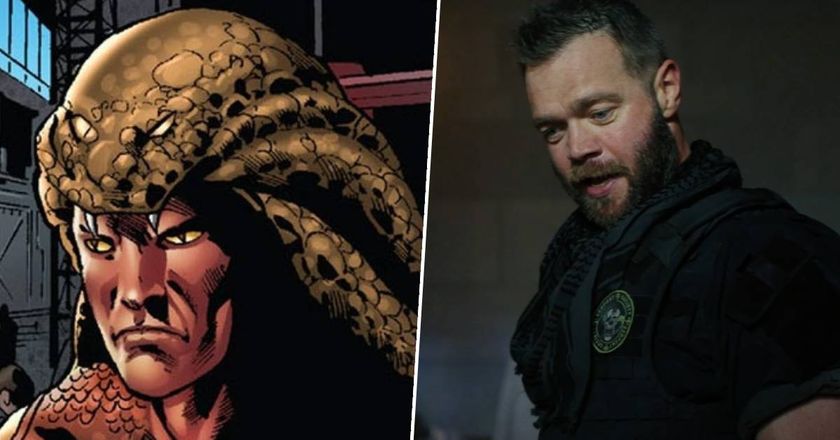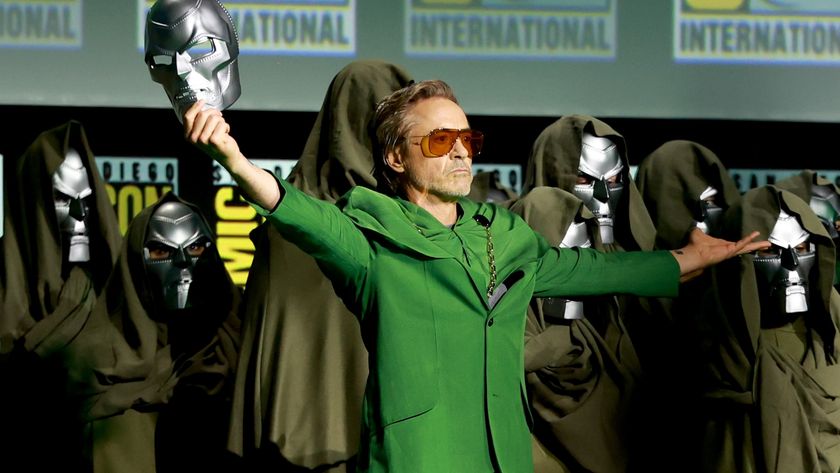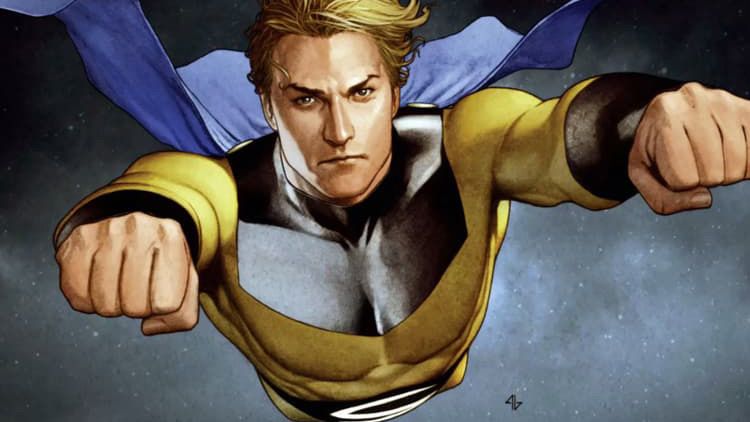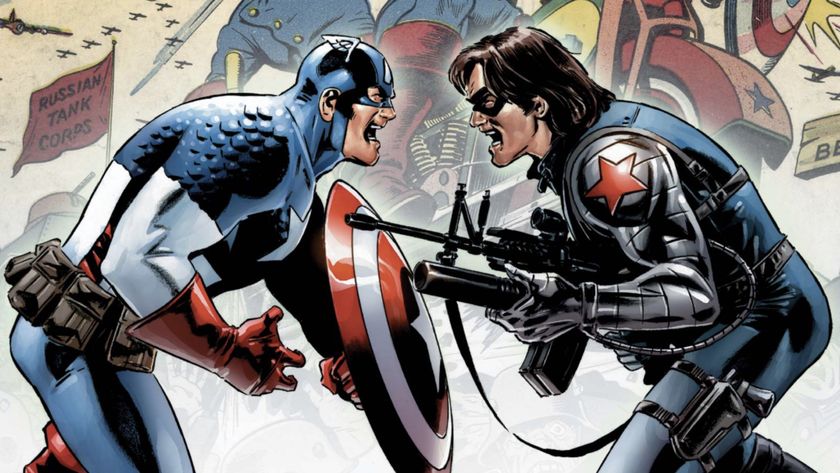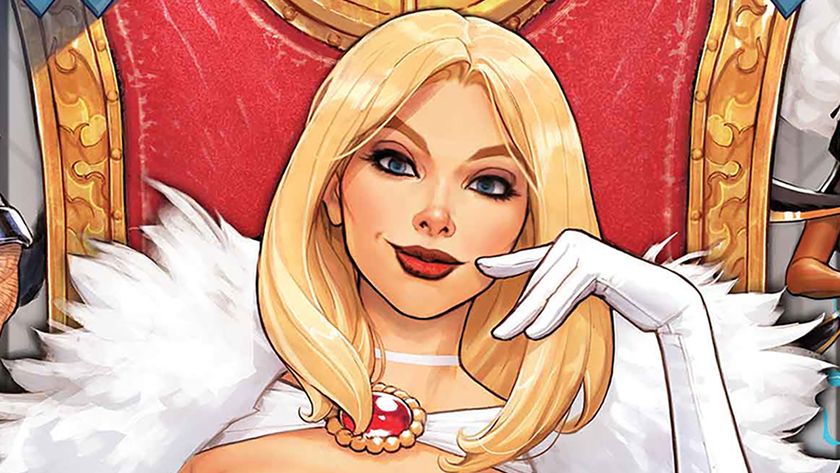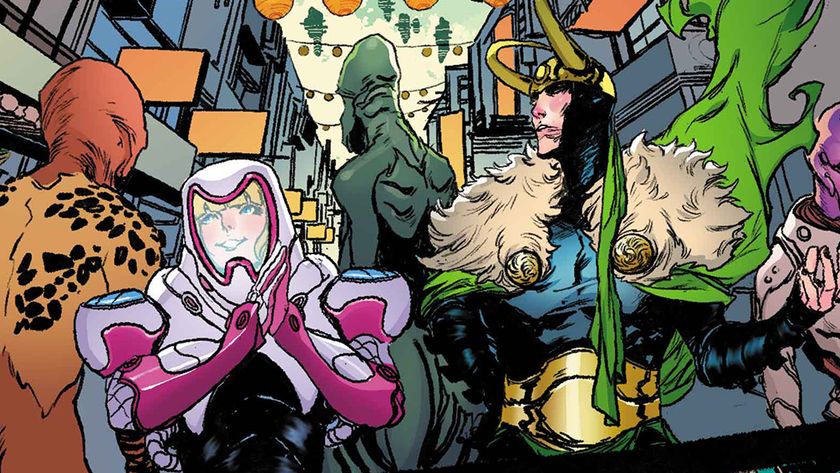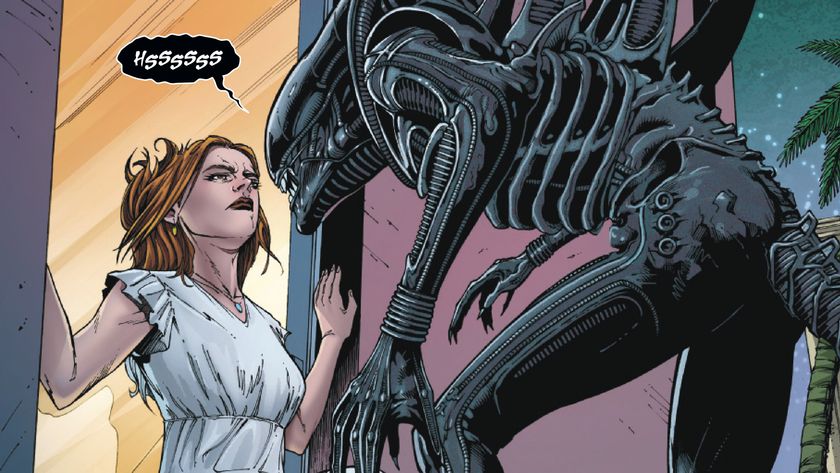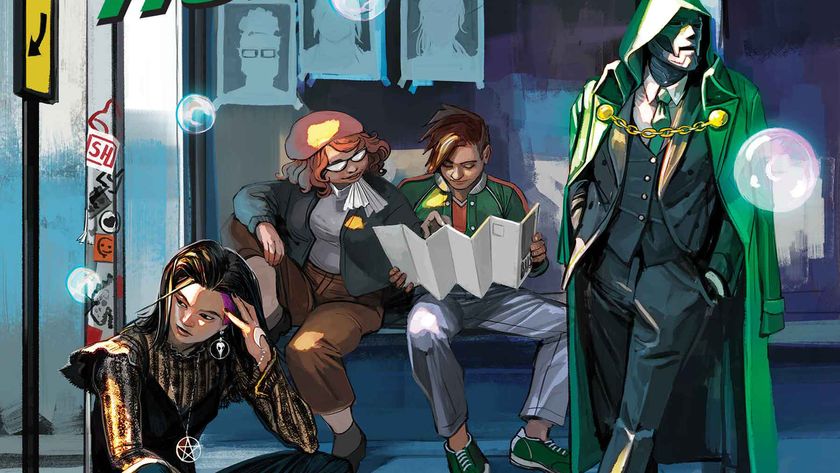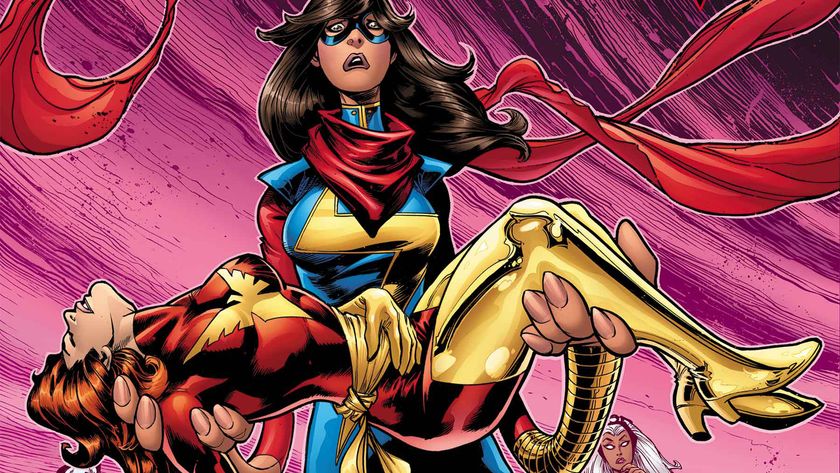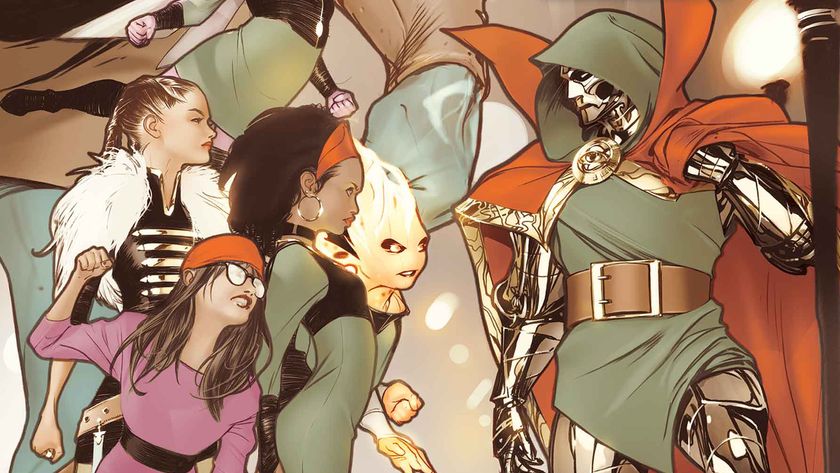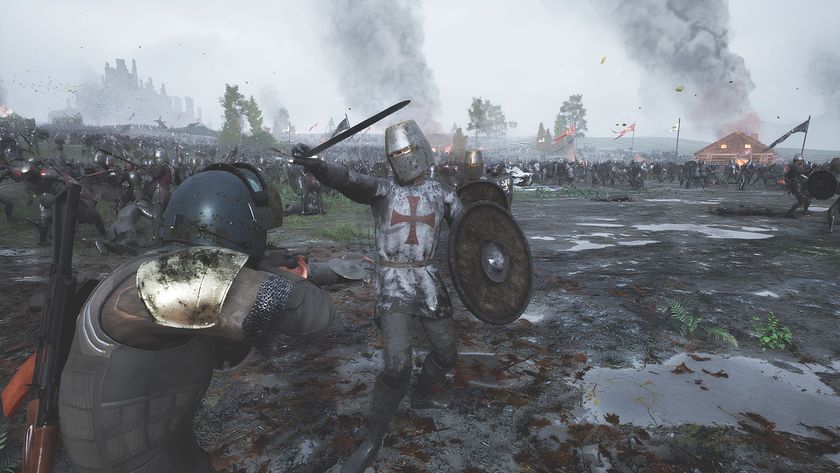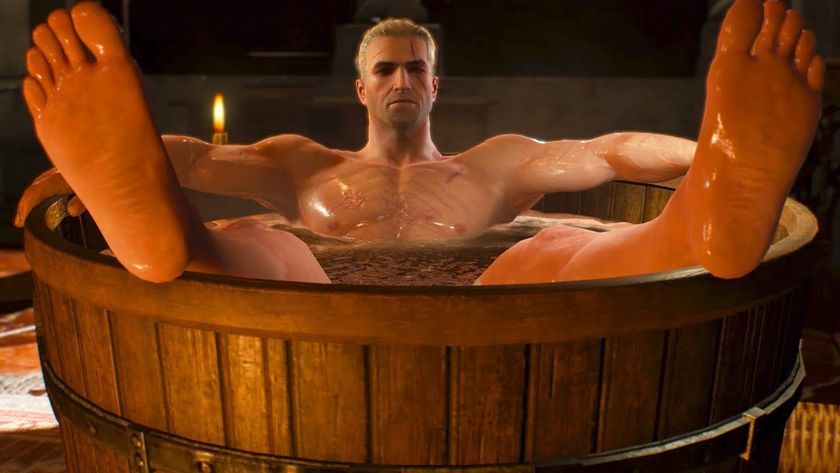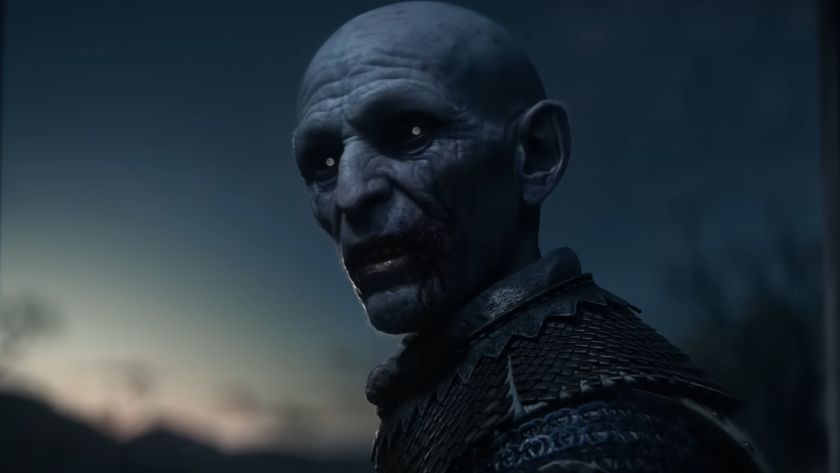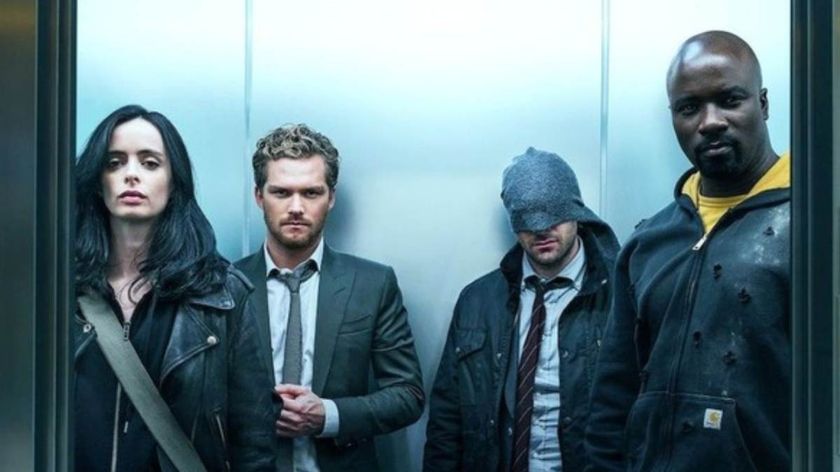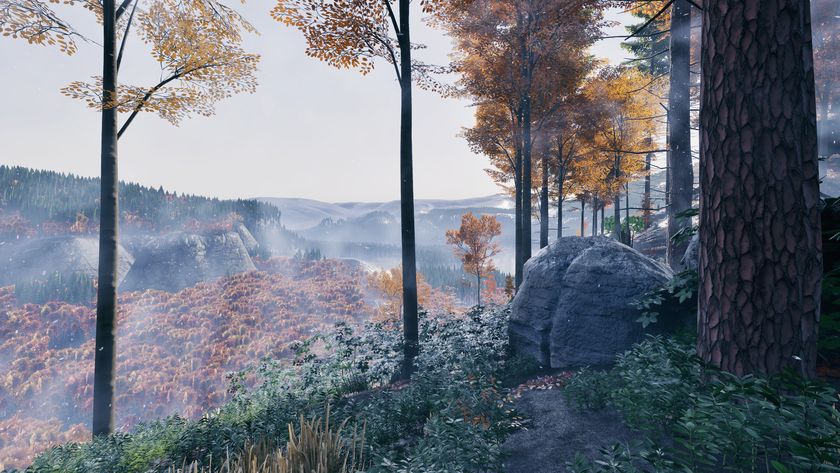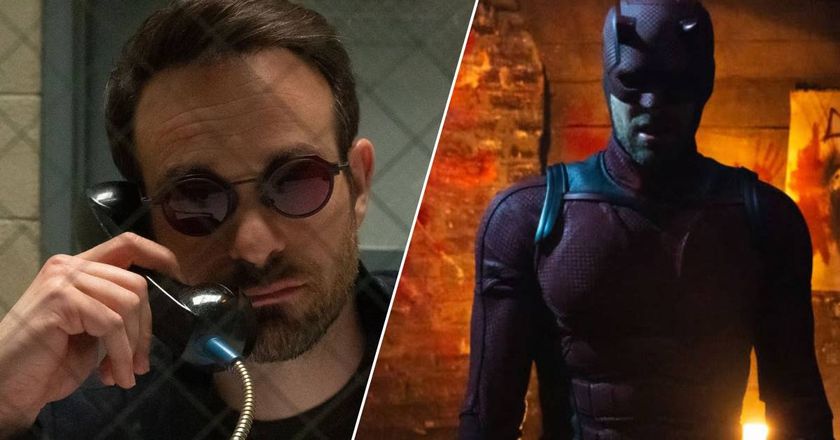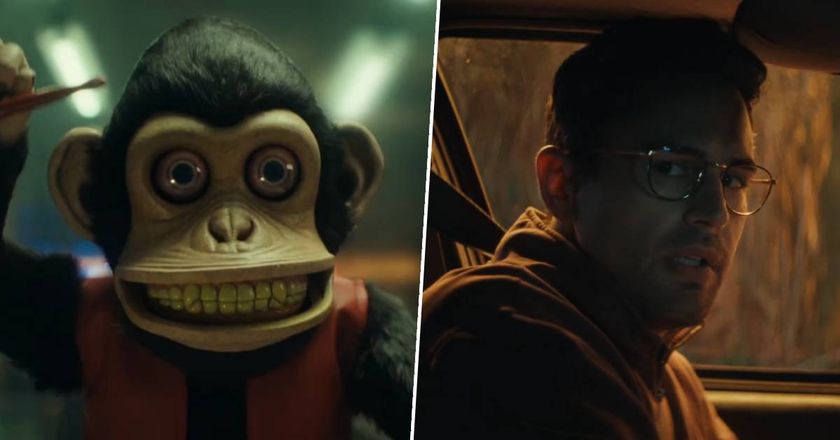Marvel Comics is getting totally weird with real world historical figures right now
Gavrilo Princip as a modern supervillain is just the tip of the iceberg for weird twists on real world historical figures in Marvel Comics in this week's comics
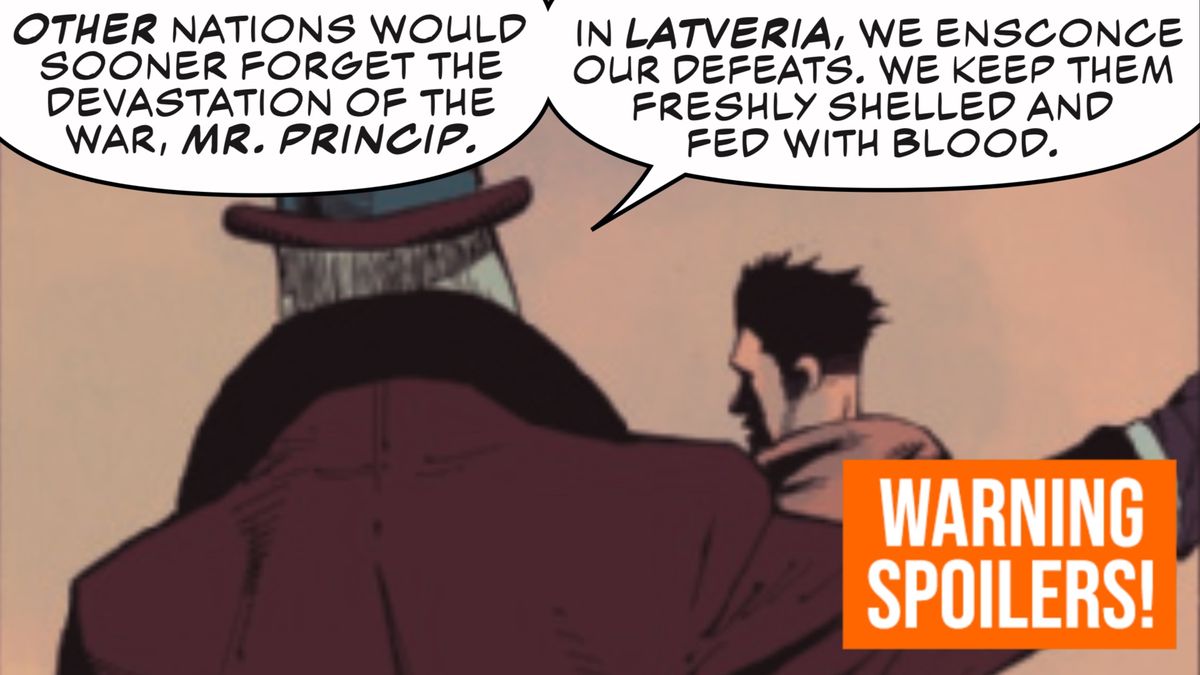
Marvel Comics has never been shy about playing around with real-world history while building their superhero universe - but the week of November 16 takes the publisher's penchant for putting a comic book twist on actual history to a totally wild new level.
Between two of this week's titles, Captain America and the Winter Soldier Special #1 and Blade: Vampire Nation #1, no less than six apparent historical figures from the real world have been given Marvel Universe introductions that will blow the minds of students of history.
Spoilers ahead for Captain America and the Winter Soldier Special #1 and Blade: Vampire Nation #1
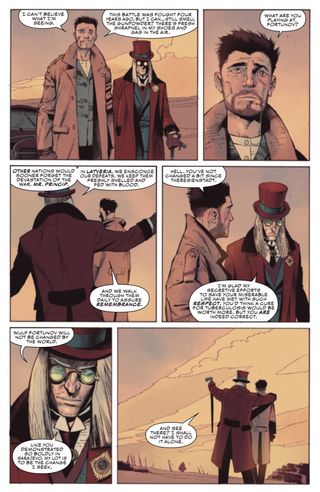
First off, Captain America and the Winter Soldier Special #1 from writers Colin Kelly and Jackson Lanzing, artists Kev Walker, JP Mayer, and KJ Diaz, and letterer Joe Caramagna get explicit with the implication from the preview pages that preceded the one-shot's release that the now deceased member of the Inner Circle known as The Revolution was, in fact, real-world historical figure Gavrilo Princip.
For those not in the know, Gavrilo Princip was a young revolutionary who was part of a group aiming to bring independence to Bosnia from their ruling state of Austria. In 1914, Princip assassinated Archduke Franz Ferdinand of Austria and his wife Sophie, Duchess of Hohenberg, kicking off the series of events that led to World War I.
In the real world, Princip died in prison just a few years later of tuberculosis. But in the Marvel Universe, Princip was rescued and nursed back to health in 1922, and his death was faked by Latverian nobleman Wulf Fortunov AKA The Money, who then formed the Inner Circle alongside Princip and three others.
In his modern role as 'The Revolution,' Princip was murdered by Bucky Barnes, who takes his place as 'The New Revolution,' vowing to destroy the Inner Circle from within.
So that's one real-world historical figure…
Comic deals, prizes and latest news
Get the best comic news, insights, opinions, analysis and more!
This means that Blade: Vampire Nation by writer Mark Russell, artists Dave Wachter and Dee Cunniffe, and letterer Cory Petit has a roster of five figures from history who have been cast in new roles in the modern Marvel Universe.
We won't get into the full details of the whodunnit tale in Blade: Vampire Nation, in which Blade is called upon by Dracula to apprehend whoever assassinated one of the members of the Vampire Council of the vampire nation of Vampyrsk.
However, what we can say is that in the course of the story, five significant historical figures are revealed as vampires, with the implication that they were turned by Dracula himself throughout history.
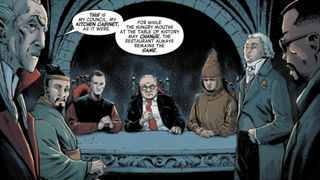
From left to right in the image above, we'll briefly identify and explain the historical figures in the scene.
First, there's Sun Tzu, the Chinese philosopher who authored the famous military strategy text The Art of War. His historical death is believed to have occurred in 496 BCE, though there are numerous conflicting stories about his life and death.
To the right of Sun Tzu is Niccolo Machiavelli, a Florentine Italian political philosopher who wrote The Prince, a supposed guide to using treachery and subterfuge in politics which some modern historians interpret as a work of satire meant to expose the political corruption of his era. Machiavelli's historical death took place June 21, 1527.
In the middle is a figure who may or may not be still living political advisor Henry Kissinger (writer Mark Russell couldn't confirm or deny this character's identity to Newsarama, unlike the others). The likeness to Kissinger is striking, however - and it may play into well-known jokes about Kissinger's longevity and staying power in the current political climate at age 99.
Then there's Tomyris, a warlord of the historical Massagetae people of Central Asia, who defended her kingdom from the Persian emperor Cyrus the Great, supposedly slaying the legendary emperor herself. Her historical death came around 520 BCE, though the circumstances are lost to time.
And finally, on the far right is Charles-Maurice de Talleyrand-Périgord, a French prince who became a high-ranking clergyman whose political maneuverings helped him survive both the French Revolution and the fall of Napoleon. Historically, he died November 13, 1834.
This is hardly the first time Marvel has played around with bringing historical figures into the Marvel Universe. Jonathan Hickman and Dustin Weaver's SHIELD title from the mid-'00s introduced Leonardo DaVinci as a historical member of a secret, ancient version of SHIELD. Meanwhile, famed mathematician Sir Isaac Newton has been portrayed as a former Sorcerer Supreme. And that's just scratching the surface of how Marvel Comics has incorporated real-world history into the Marvel Universe with a superhero twist.
Where do these historical figures go next in the Marvel Universe?
In the case of Dracula's pals, we're not certain just yet - though the upcoming Bloodline: Daughter of Blade title may be a likely candidate to follow up on some of the threads (veins?) presented in Blade: Vampire Nation.
As for Gavrilo Princip, well, he's dead (both in the real world and the Marvel Universe). But that's not necessarily ruling out more appearances as The Revolution in Captain America: Sentinel of Liberty, either in flashback or some kind of resurrection (wouldn't that be weird?).
Learn the secret history of Marvel's secret histories.
I've been Newsarama's resident Marvel Comics expert and general comic book historian since 2011. I've also been the on-site reporter at most major comic conventions such as Comic-Con International: San Diego, New York Comic Con, and C2E2. Outside of comic journalism, I am the artist of many weird pictures, and the guitarist of many heavy riffs. (They/Them)

